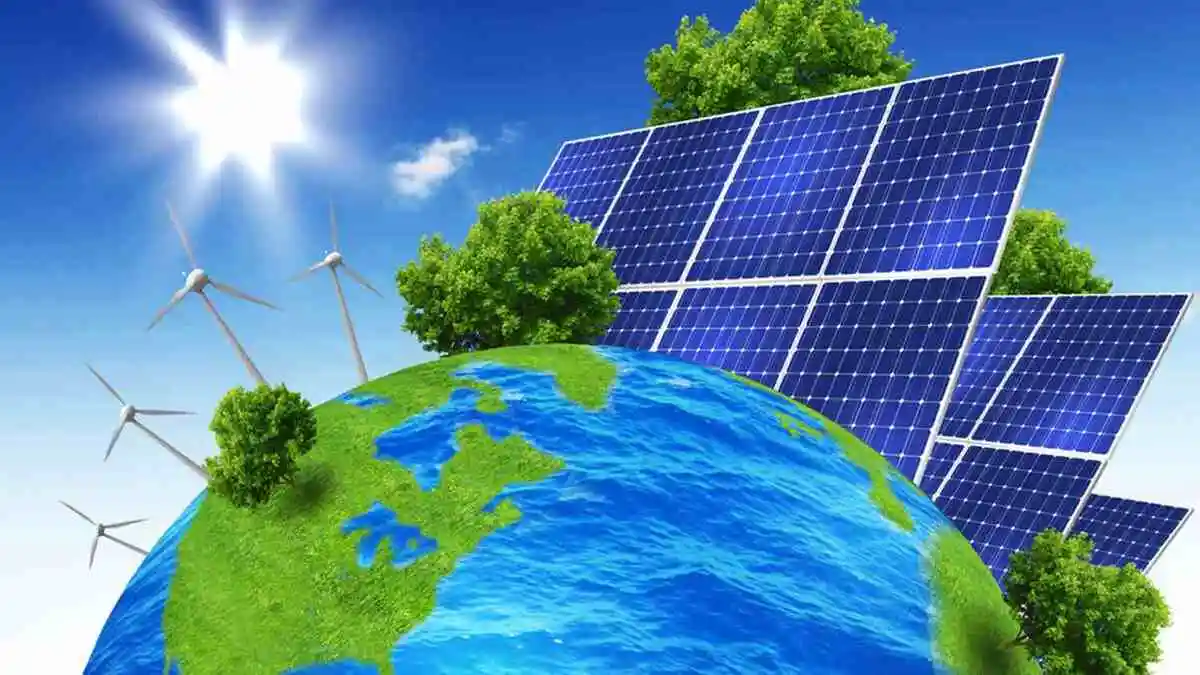With the advent of the 21st Century, the world has been keen to mitigate the effects of climate change, leading to an uptake of green energy, solar energy has been predominantly adopted due to its cost-effectiveness and scalability.
Furthermore, according to studies from the US Department of Energy’s National Renewable Energy Laboratory in 2014, the lifecycle carbon emission intensity for solar was measured at approximately 40gCO2 per kilowatt-hour, while that of coal fell at approximately 1000gCO2 per kilowatt-hour. Coal produces 25 times more carbon dioxide than solar to create the same amount of energy.
Kenya has managed to meet a staggering 80% of its power demand through green energy sources and is a world leader in the number of solar power systems installed per capita, second to India. This has been caused by several factors, not only its environmental friendliness and cost but also, its mitigating factor against the instability of the grid since power outages are a regular feature of the Kenyan industrial and residential landscape.
The government has played a significant role in the uptake of solar energy through the implementation of favorable policies. Such as the decision to remove duty and exempt VAT on solar equipment such as panels, batteries, and controllers has played a major role in making solar power affordable to many Kenyans. Regulations by the ERC deterring infiltration of the market by unqualified technicians and low-quality solar products giving the sector a favorable environment for growth.
To have the sector produce 600 MWp by 2030, the Kenya Government has launched various solar projects in the country such as Samburu Solar Project (40 MWp), Kopere Solar Park in Kisumu (22,7 MWp), Witu Solar Project (40 MWp), Garissa Solar Project (55MWp) which is the largest grid-connected solar power plant in East and Central Africa, Isiolo County Solar Project (40 MWp), Nakuru Solar Project (25MWp).
Even though modern, secure, and affordable energy is a crucial input for mitigating poverty, securing prosperous rural livelihoods, building vibrant industries to diversify national economies, and connecting the world through trade, and cooperation, it is important to note that depending on the solar panel manufacturer, solar panels can last 25-30 years; meaning by 2050, there will be a large quantity of waste materials associated with the sector. According to the International Renewable Energy Agency (IRENA), by 2050, solar panel waste could reach 78 million tons.
While currently, the prospects of investing in solar recycling do not seem attractive due to the few solar panels that are not operational, the sector must identify the different effects associated with the waste which would have adverse effects on the environment.
Initially, for solar companies to set up large-scale solar energy systems, they require a large expanse of land, which they typically clear of everything, including vegetation, which there has been a fair attempt to mitigate through several ways such as the construction of solar panel systems on existing infrastructure like parking lots, commercial buildings, brownfields, etc.
Additionally, Solar panels consist of precious heavy metals made of silver, indium, or tellurium, as well as rare raw materials. Because the process of recycling is limited and complex, such recoverable metals end up as waste in landfills. When these materials are exposed in landfills, it could cause leaching, where toxic materials penetrate the soil. For example, a silicon wafer is encapsulated with ethyl vinyl acetate (EVA) for protection. When incorrectly disposed of, it can lead to leaching.
Currently, the Kenyan economy heavily relies on agriculture, which is mainly practiced in the rural. Moreover, the use of solar energy is predominantly in the rural, with the majority of urban dwellers connected to the national grid. Therefore, it is imperative to recognize that the rural areas and mainly the agricultural sector are more susceptible to the effect of solar panel wastes in the long run.
Commendable as it is for its importance and advantages in comparison to other modes of energy generation, particularly fossil fuels, it is time the sector begins serious discussion on developing ways to mitigate the looming effect of solar panel wastes. With developed countries taking advantage of poor regulation policies about e-waste, developing countries will bear the brunt of the influx.
As the United Nations Environment Program notes, “loopholes in the current Waste Electrical and Electronic Equipment (WEEE) Directives allow the export of e-waste from developed to developing countries (70% of the collected WEEE ends up in unreported and largely unknown destinations).” A dangerous precedent.
Solar industry leaders must learn from the past and be proactive in seeking stricter regulation of the growing scientific evidence that solar panels pose a risk of toxic chemical contamination. With Kenya being an industry leader, If the industry responds in foresight, the development of cleaner modules without hazardous materials and recycled raw materials would be something worth writing home about.











































